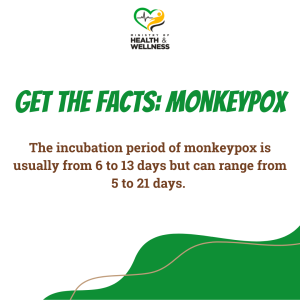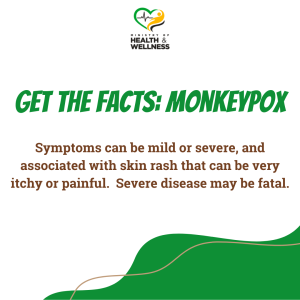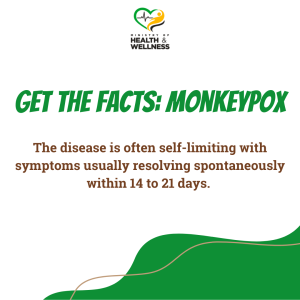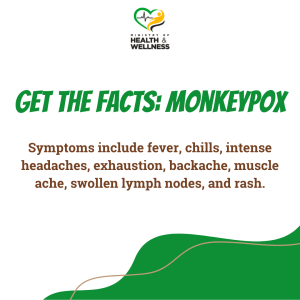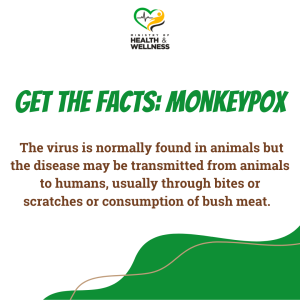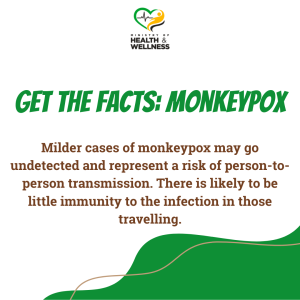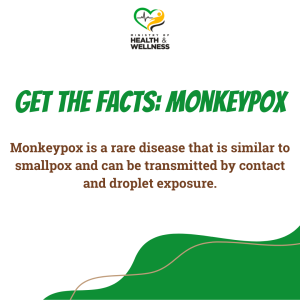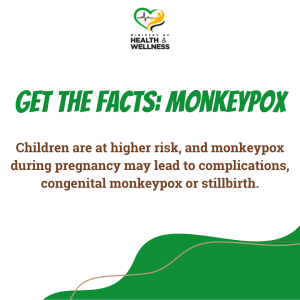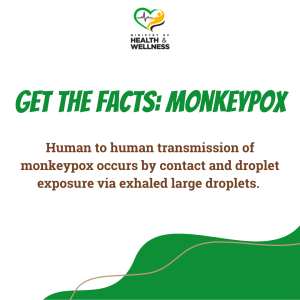Monkeypox is a rare disease that is similar to smallpox and can be transmitted by contact and droplet exposure. However, the World Health Organisation (WHO) has reported that the current outbreak is spreading primarily through sexual contact.
In countries where monkeypox is endemic, these are the symptoms:
- Human to human transmission of monkeypox occurs by contact and droplet exposure via exhaled large droplets.
- The incubation period of monkeypox is usually from 6 to 13 days but can range from 5 to 21 days.
- Symptoms can be mild or severe, and associated with skin rash that can be very itchy or painful. Severe disease may be fatal.
- The disease is often self-limiting with symptoms usually resolving spontaneously within 14 to 21 days.
- Symptoms include fever, chills, intense headaches, exhaustion, backache, muscle ache, swollen lymph nodes, and rash.
- Children are at higher risk, and monkeypox during pregnancy may lead to complications, congenital monkeypox or stillbirth.
- The virus is normally found in animals but the disease may be transmitted from animals to humans, usually through bites or scratches or consumption of bush meat.
- Milder cases of monkeypox may go undetected and represent a risk of person-to-person transmission. There is likely to be little immunity to the infection in those travelling.
Persons must report to the health department if fever and rash occurs following recent international travel or close contact with persons who travelled within the preceding three weeks. Healthcare workers are to have a heightened sense of awareness of this illness and report suspected cases to the health department.
Resources
- Monkeypox Surveillance Protocol 6-July-2022 V1
- Clinical Management of Monkeypox July 6, 2022
- Infection Prevention and Control Protocols for Monkeypox
- Monkeypox Case Investigation Form 6-July-2022
- Monkeypox FAQ

